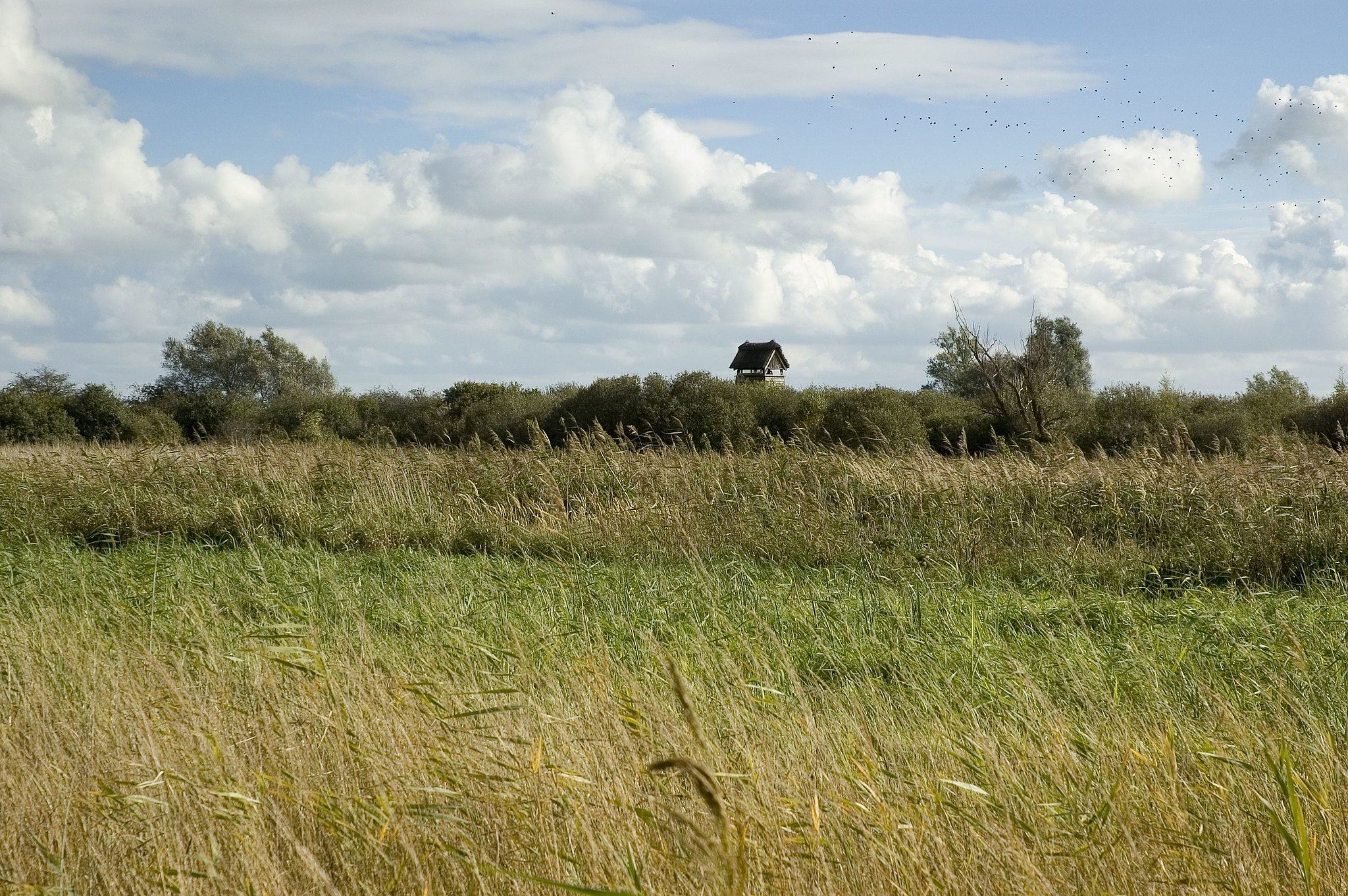Wicken Fen
Wicken Fen
Wicken Fen, is one of Europe's most important wetlands, it supports an abundance of wildlife flora and fauna. There are more than 9000 species, including a spectacular array of plants, birds and dragonflies.
To assist getting round the fen there are raised boardwalks this along with grassed areas provides easy access to beautiful flowering meadows and reed beds where you can see many rare species of birds aquatic creatures and plants
.
A large part of the fen is owned by the national trust and it is Britain’s oldest nature reserve 1899. Charles Rothschild donated land in 1901, although a wildfen Wicken includes farmland as well as marsh land and reed beds. Wicken Fen is one of only four wildfens still surviving in the enormous Great Fen Basin area of East Anglia, where 99.9% of the former fens have now been replaced by arable cultivation.
The present appearance of Wicken Fen is the result of centuries of management by human beings. Many of the practices now undertaken have changed little since medieval times. In surrounding areas, the landscape has changed so completely that it is almost impossible to imagine how it must once have all looked. Only a very few places survive where it is possible to experience this primitive landscape first hand; Wicken Fen is one of these.
Wicken Fen features the last surviving wooden smock wind pump in the Fens it was probably built about 1912 at Adventurers' Fen for land drainage. Moved to its present site and restored in 1956 by the National Trust it now pumps water from the drainage channel up into the Fen to maintain a high water table. The nearby museums, Stretham Old Engine and Prickwillow Museum tell the story of how wind pumps were succeeded by steam and diesel engines in the nineteenth and twentieth centuries.
Science (source Wikipedia)
The Fen has been long associated with natural history. Charles Darwin collected beetles on the site in the 1820s. Many eminent Victorian naturalists collected beetles, moths and butterflies at Wicken Fen; some of their collections can still be found in museums. From the 1920s onwards the fathers of modern ecology and conservation, the Cambridge botanists Sir Arthur Tansley and Sir Harry Godwin carried out their pioneering work on the reserve. One of the world's longest running science experiments, the Godwin Plots, continues at the Fen to this day. The Fen’s long association with science, especially nearby Cambridge University, continues to the present day with scientists actively involved in the management of the reserve.
Wicken Fen Vision
This is an ambitious landscape-scale conservation project, which is opening up new areas of land to explore. Our grazing herds of Highland cattle and Konik ponies are helping to create a diverse range of new habitats.





